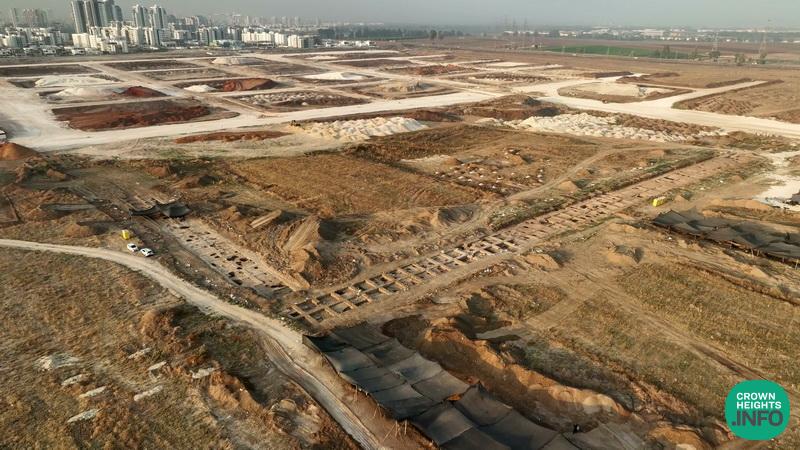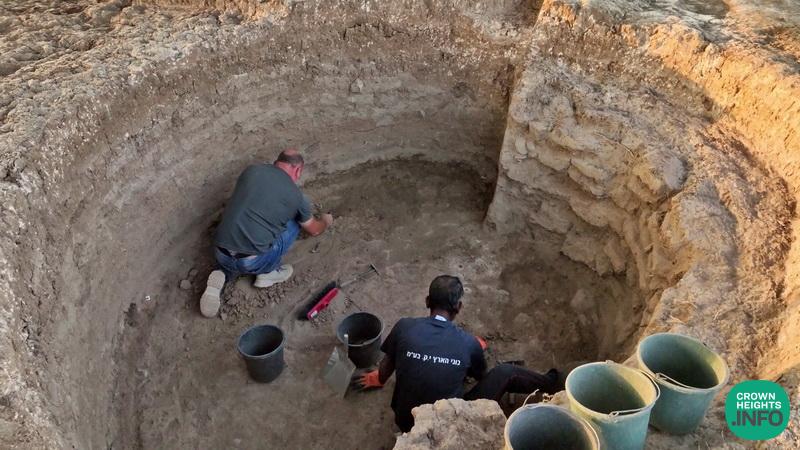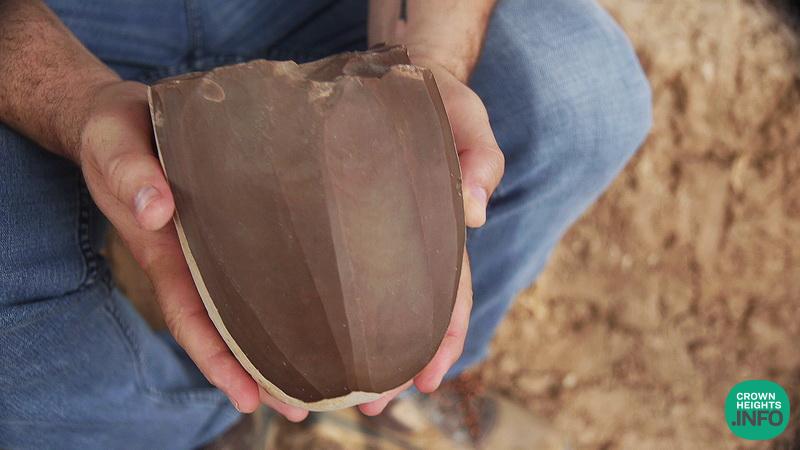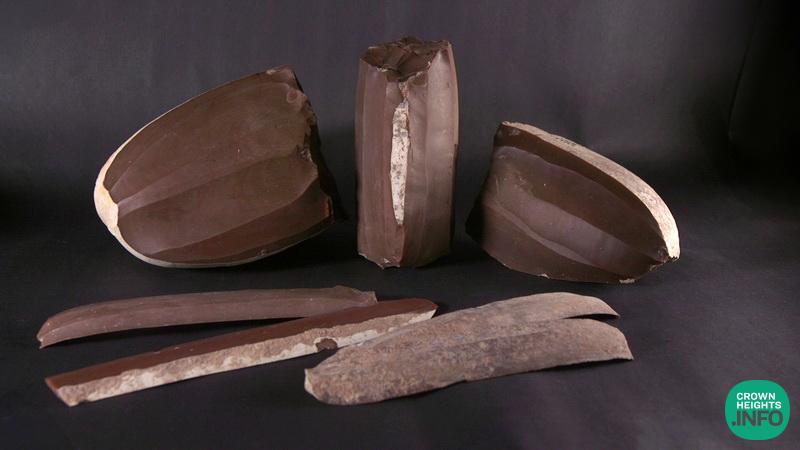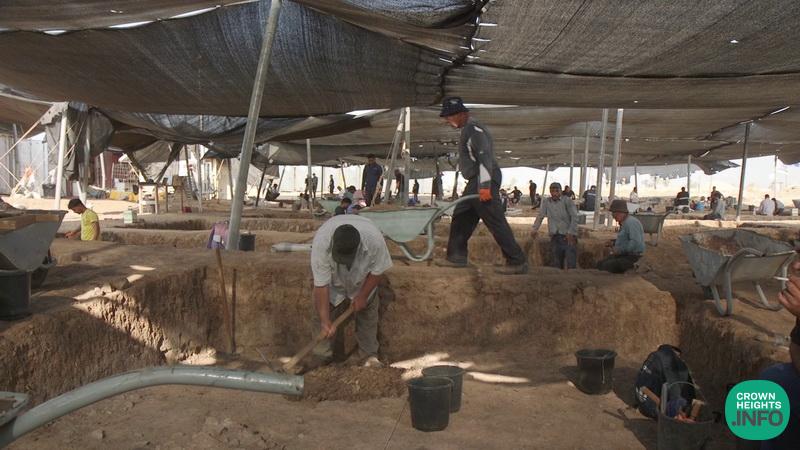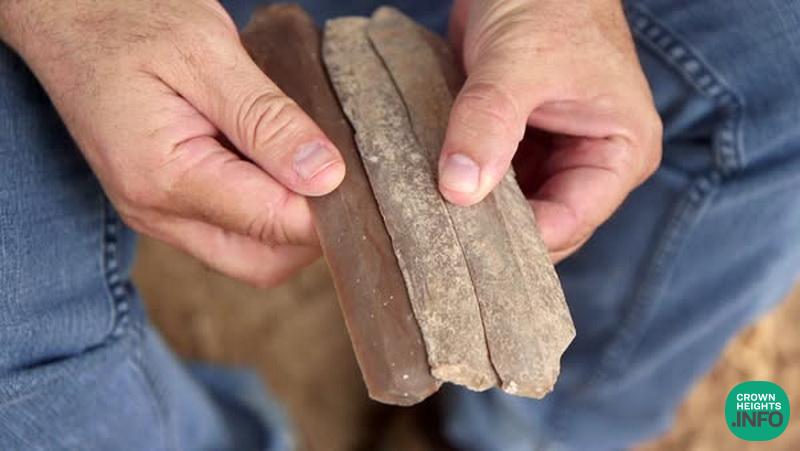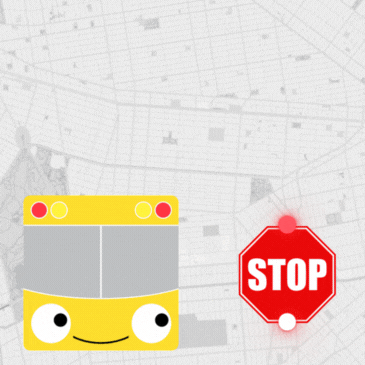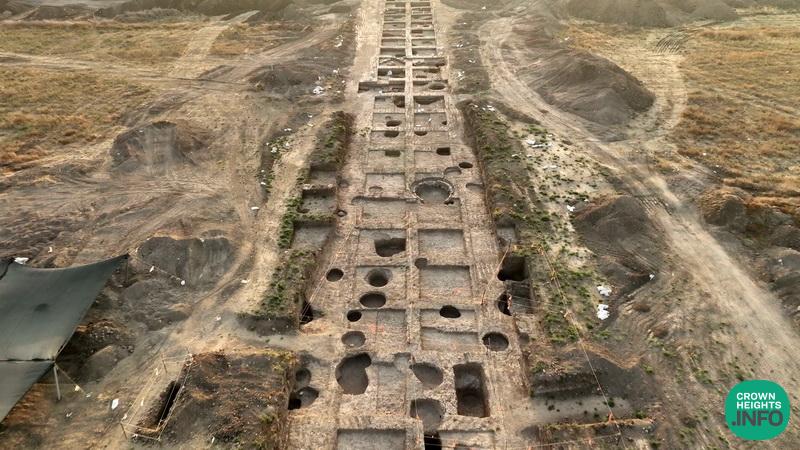
Ancient Blade Manufacturing Workshop Uncovered in Kiryat Gat
In an archaeological excavation conducted by the Israel Antiquities Authority prior to building a new Kiryat Gat neighborhood -Carmei Gat, an advanced flint industry dating back approximately 5,500 years was uncovered – evidence of specialization in a unique technology. The items, including the flint cores from which the blades were made, are being shown for the first time this summer as part of the tours at the Jay and Jeanie Schottenstein National Campus for the Archaeology of Israel in Jerusalem.
The discovery – evidence of the technological sophistication already at the Early Bronze Age’s onset, includes long flint blades, and even – a rare occurrence – the large stone cores used to produce them were also found.
These findings were unearthed in a large Israel Antiquities Authority salvage excavation at the Naẖal Qomem site (aka Gat-Govrin, Zeita), funded by the Israel Lands Authority in advance of constructing a new city neighborhood – Carmei Gat. This summer, these rare finds will enjoy their first public display, at the Jay and Jeanie Schottenstein National Campus for the Archaeology of Israel in Jerusalem.
According to Dr. Martin David Pasternak, Shira Lifshitz and Dr. Nathan Ben-Ari, Excavation Directors on behalf of the Israel Antiquities Authority, ”This is the first time such a workshop has been discovered in southern Israel. Although evidence of the Canaanite blade industry has been discovered in the country’s center and north, there are almost no known workshops for their systematic production. The discovery of a sophisticated workshop indicates a society with a complex social and economic structure already at the beginning of the Early Bronze Age. This is an important find in that it deepens the understanding of both the beginnings of urbanization and of professional specialization in the Land of Israel – phenomena that led to the establishment of large settlements and that catalyzed the creation of new social structures.”
According to Israel Antiquities Authority prehistorians Dr. Jacob Vardi and Dudu Biton, “An advanced industry was revealed at the site, requiring an extremely high level of expertise. Only exceptional individuals knew how to produce the Canaanite blades. This is clear evidence that already at the onset of the Bronze Age, the local society here was organized and complex, and had professional specialization.”
“This archaeological site we excavated was used as an active settlement continuously for hundreds of years – from the Chalcolithic period through to the Early Bronze Age,” added the excavation directors. “The excavation shows that the settlement covered a much larger area than previous estimates – over half a kilometer – and it includes hundreds of underground pits, some lined with mud bricks. These pits served a variety of purposes: storage, dwellings, production crafts and cultic/social rituals.”
The most impressive findings discovered at the site are large flint cores, from which extremely sharp, uniformly shaped blades were produced. The blades themselves were used as knives for cutting and butchering, and as harvesting tools, like sickle blades. The production technology was extremely advanced, and included the use of a kind of crane to exert precise pressure on the flint.
In the Early Bronze Age humans used tools made from natural raw materials: flint, bone, stone and ceramics. However, in this period the Canaanite blades were the main cutting tools. “This is a sophisticated industry – not only because of the tools themselves, but also because of what is not found, “says Dr. Vardi. “The waste fragments, the debitage, were not scattered outside the site – perhaps to better protect and preserve the professional knowledge within the group of experts. Today, we understand that this site served as a center, from which Canaanite blades were distributed across broad regions in the Levant.”
The finds are presented to the public for the first time this summer, for those attending tours held at the Jay and Jeanie Schottenstein National Campus for the Archaeology of Israel in Jerusalem.
